Apple Silicon Broadens Arm Assault on Intel and AMD's x86
In a presentation long on fuzzy marketing performance claims but short on actual substantive data, Apple unveiled its Arm-powered M1 processors for its Mac lineup today, which sport four high-performance cores, four efficiency cores, and eight GPU cores. The move to Arm marks Apple's biggest shift since it moved from PowerPC to Intel's x86 processors fifteen long years ago and threatens to unseat x86's decades-long dominance – dealing both Intel and AMD a stunning blow in the process.
Even more concerning, Arm-based designs are already on denser and more efficient process nodes than either Intel or AMD, and surprisingly, Apple finds itself with an unlikely and powerful ally in its quest to take Arm mainstream: Nvidia.
Apple believes the Arm instruction set and architecture is the path forward for client computing, but its M1 performance comparisons were blurry enough to make even the worst of shady benchmark offenders blush. For now, we don't know how the chips will stack up in real-world testing. However, while it's hard to suss out any meaningful Arm vs x86 comparisons based on what little real information the company shared (we still don't even know the M1's clock speeds), Apple's all-in gamble on Arm has broader implications for the industry. In fact, x86 now faces the most potent threat it's seen in recent history.

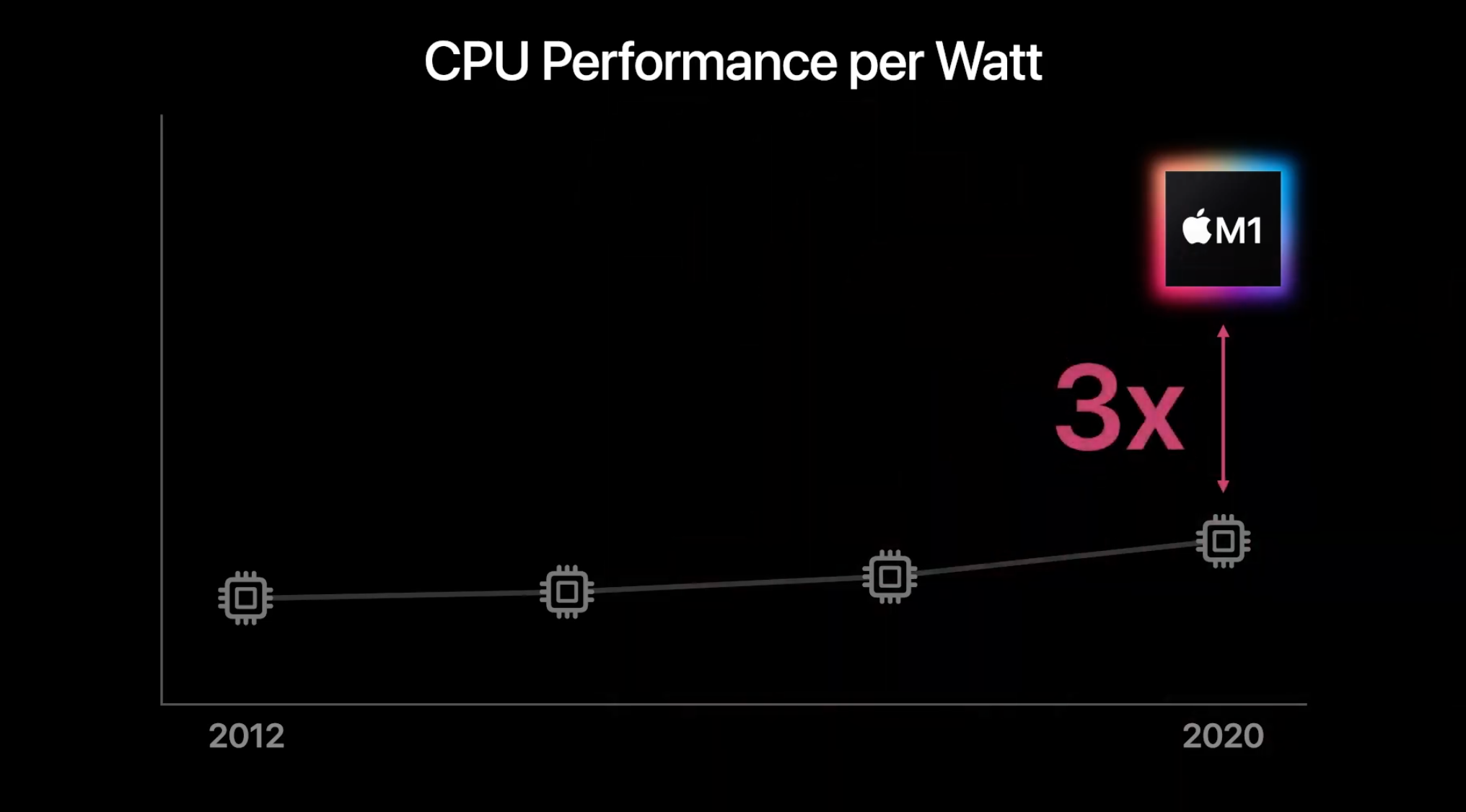
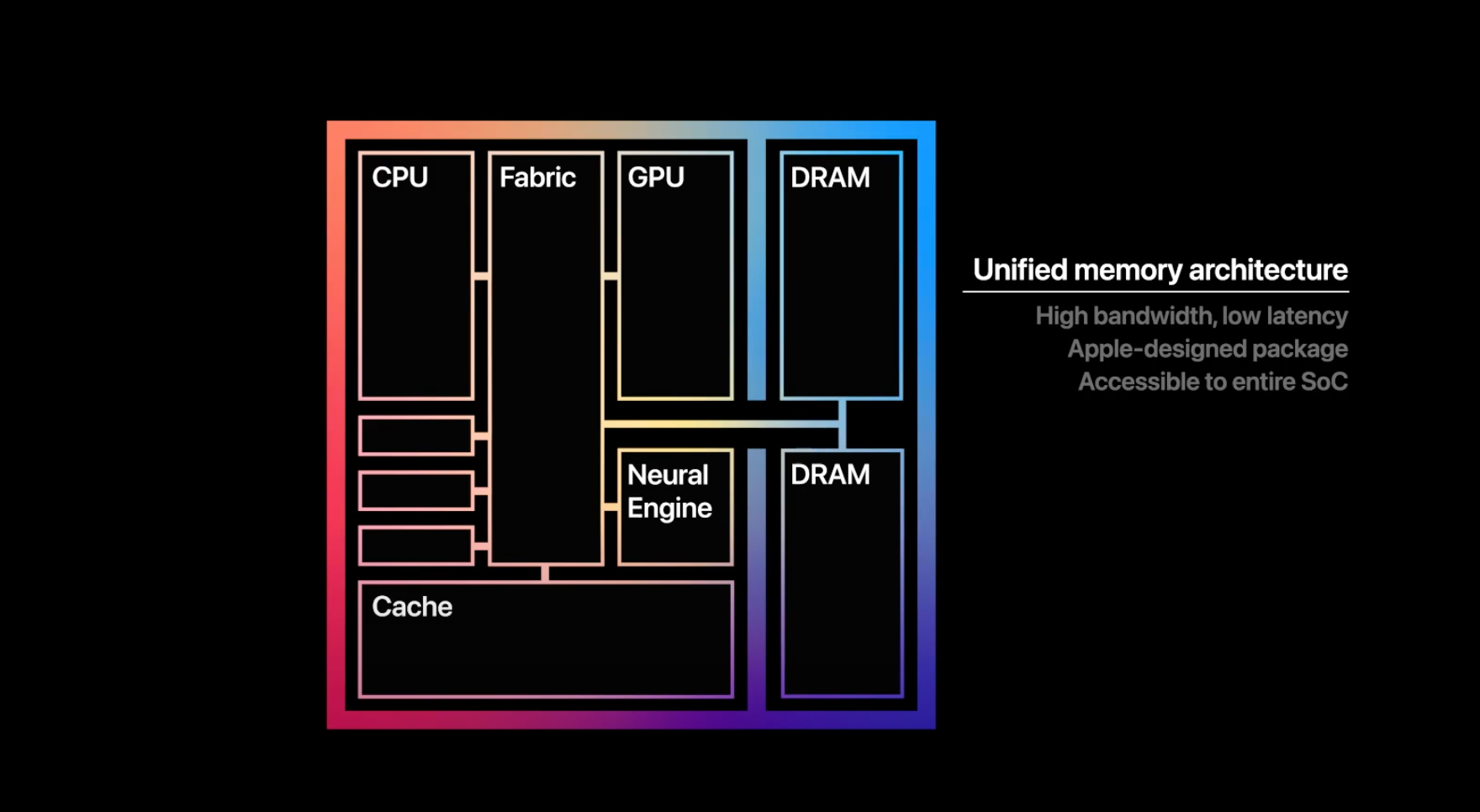
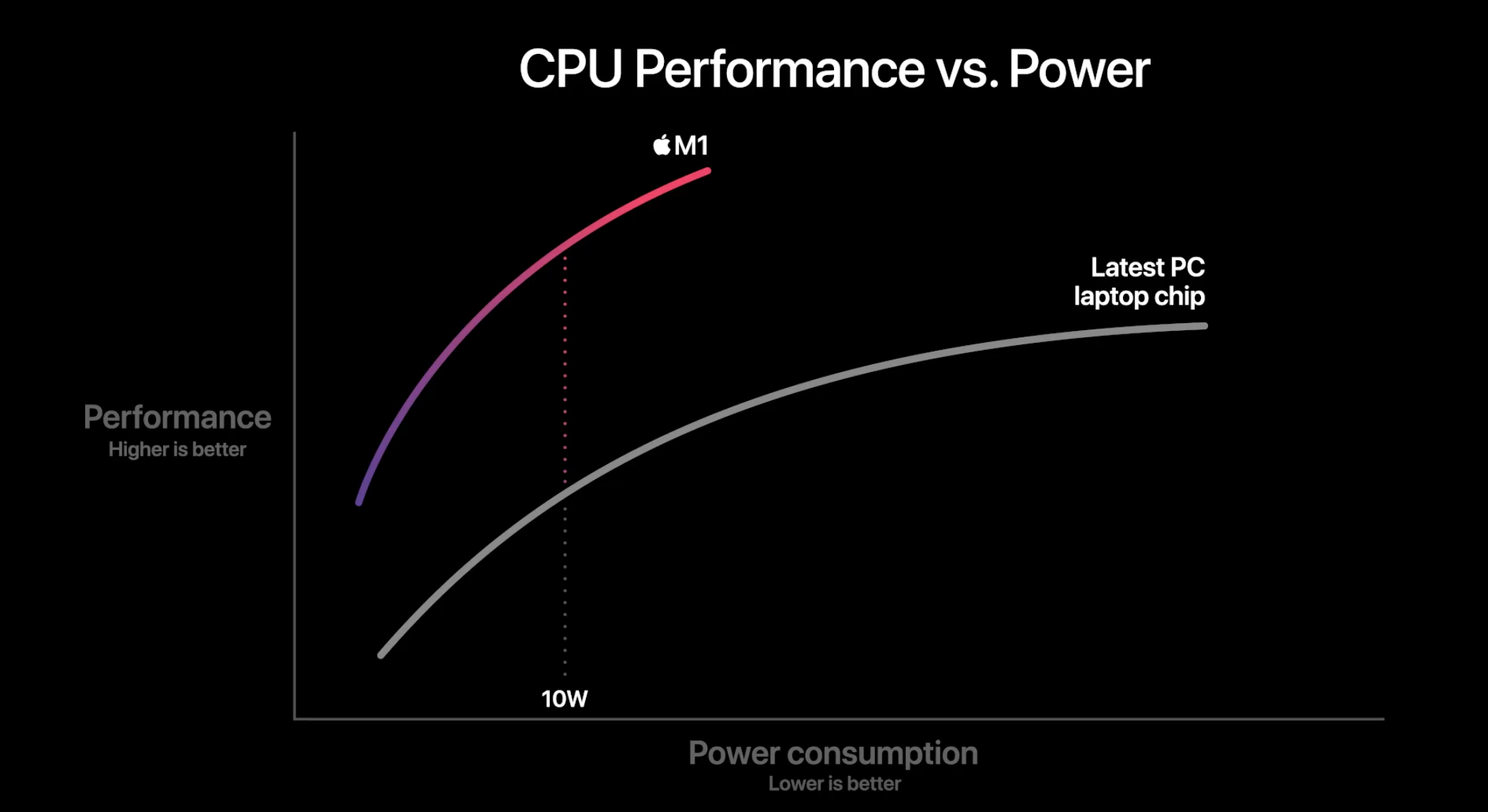
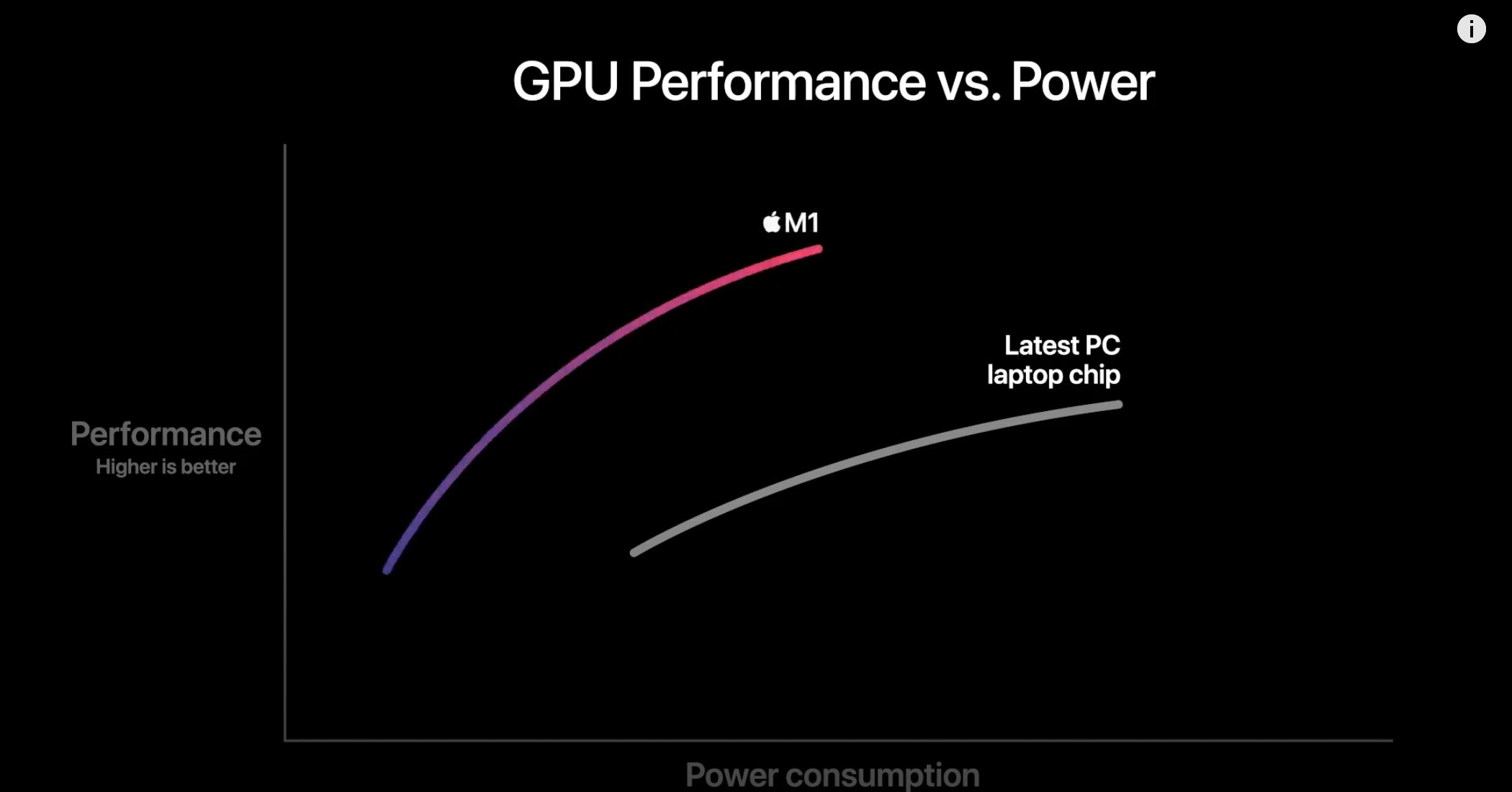

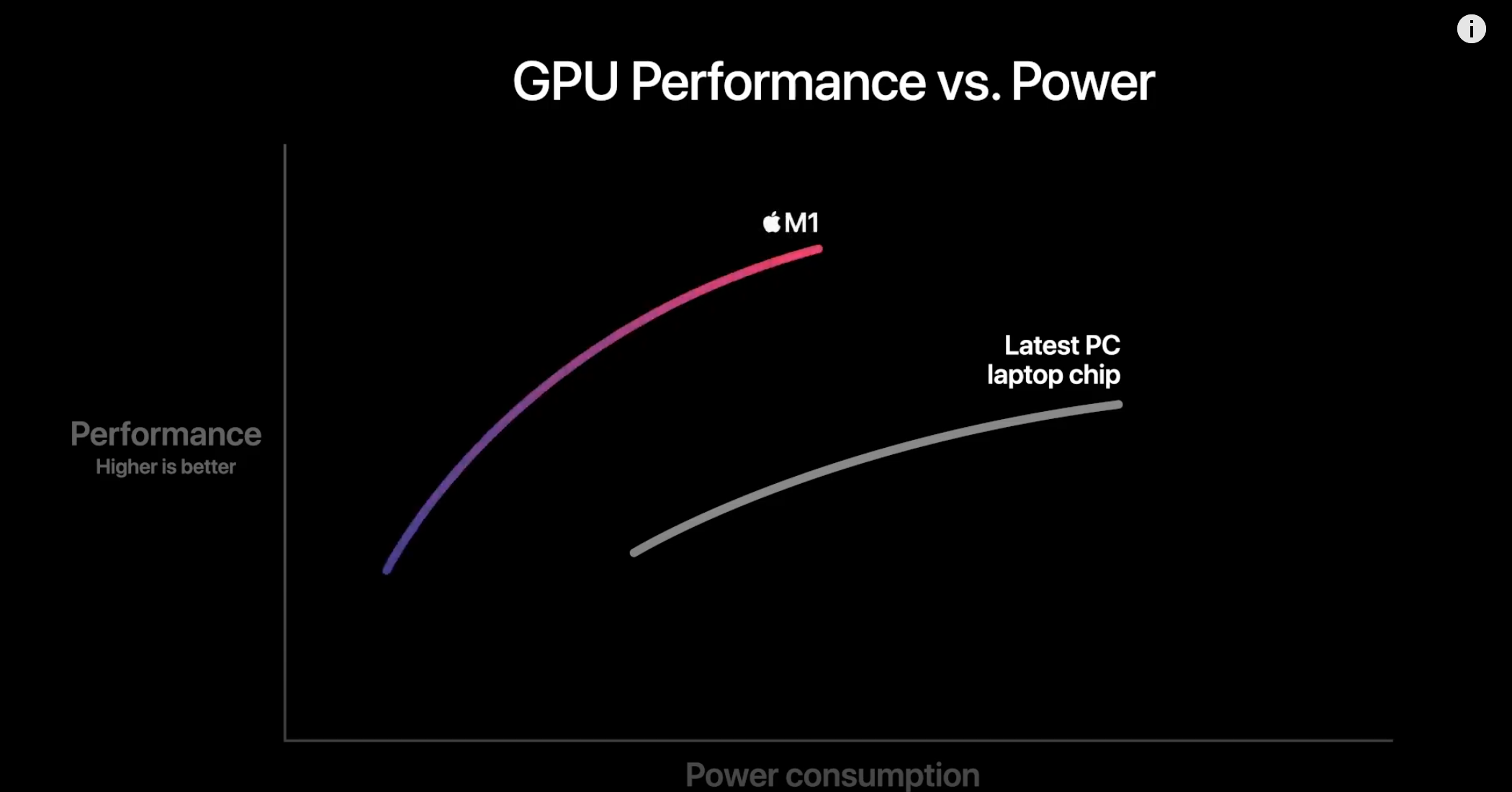
Arm has long had greater aspirations than 'just' powering billions of mobile devices, but the ubiquity and overwhelmingly large install base of x86-powered systems have been an impossible hurdle to jump. In many respects, Arm has been plagued by the classic chicken-and-egg scenario in the PC market: Without widespread Arm PCs in the ecosystem, there simply hasn't been enough of a financial incentive for software developers to add the targeted enhancements that make code highly-performant on both Arm and x86 devices, let alone write PC applications entirely for Arm systems.
While x86 code can run on Arm architectures via emulation, a dearth of tuned software shackles performance and efficiency, ultimately restricting uptake - look no further than other x86 emulation attempts, like always-connected PCs, for evidence.
Apple's true strength doesn't really lay in its scale in the PC market, though. Despite much of the bombastic commentary surrounding Apple's switch from Intel to Arm, Apple only comprises roughly ~9% of the PC market. That means Intel doesn't stand to lose a devastating amount of revenue in the short term, though that could certainly happen over time if Apple's future Arm processors offer drastically higher performance at acceptable price points. That will likely take years, though, as Apple builds out its product stack. As a perfect example, Apple still offers Intel-powered versions of its PCs as the upsell to its fresh roster of Arm-powered Macs.
In reality, the real key is Apple's Mac developer ecosystem. Mac developers comprise roughly 30% of the overall pool of software developers, while 45% toil away on Windows and 25% dedicate their time to writing Linux software. With Apple going all-in on Arm, it's only a matter of time before its massive pool of software developers begin to utilize the Arm instruction set more fully. That will have the knock-on effect of building a broader Arm software ecosystem that opens the door for other chipmakers to move to the Arm architecture for PCs, too.
Get Tom's Hardware's best news and in-depth reviews, straight to your inbox.
Oddly enough, Apple has an unexpected ally in its quest to bring Arm to the forefront: Nvidia. Through its pending $40 billion acquisition of Arm, Nvidia stands to benefit from Apple's efforts – Apple is an Arm licensee, after all.
Like Apple, Nvidia looks to broaden the Arm software ecosystem by tapping into the existing pool of developers, but Nvidia is focused on expanding the amount of Arm software available for the lucrative data center space. Lest we forget, Nvidia employs more software engineers than hardware engineers, in many respects making it a software provider that develops chips. Nvidia also has years of experience fostering its own robust army of CUDA developers, so there's little reason to believe Nvidia won't be successful in building out the software ecosystem.
Nvidia also plans to increase the amount, and quality, of silicon available for those applications to run on. Nvidia has been clear that it looks to accelerate the Arm hardware roadmaps to quicken the already-impressive pace of innovation with the company's Neoverse data center cores, and Nvidia hasn't ruled out bringing its own Nvidia-branded CPUs to market. It certainly wouldn't take much for Nvidia to develop its own chips; Arm's Neoverse cores are becoming incredibly powerful. So much so that many analysts opine that merchant silicon provider Marvell recently canceled its ThunderX program because it couldn't offer enough of a benefit beyond the standard Neoverse cores.
Bolstered by important developments like the broadening appeal of Amazon Web Services' Graviton 2, the looming Graviton 3, and Ampere's nascent efforts with its Altra processors, Arm is poised to take data center market share from x86 processors at a quickening pace over the coming years – it just needs the software ecosystem to enable it.
The threat is equally dangerous to both Intel and AMD, leaving them to hold the x86 line. It's clear that Intel's lack of innovation over the last few years has allowed Arm competitors to establish a foothold. Likewise, AMD's prior years of stagnation have also contributed to an industry eager for the huge generational performance gains that have become commonplace with each new generation of Arm chips.
However, AMD's Zen microarchitecture has proven to be a scalable and extensible design that can deliver fantastic gen-on-gen performance improvements, leaving it as the true defender of x86's dominance, at least for now. Despite Zen's prowess, there are still a few big unanswered questions: Can AMD continue to deliver such impressive gen-on-gen performance improvements with successive architectures, and will that be enough? Given the company's recent track record, there's no reason to believe that AMD can't deliver, but those generational performance gains are becoming increasingly important as x86 faces a nimble Arm foe with a sudden influx of dollars and backing from industry stalwarts.
Meanwhile, Intel has lost its long-held process node advantage due to its struggles with 10nm, and now 7nm, too. That eliminates the company's advantage of architectures that are closely tuned to its process nodes.
AMD has proven there's no beating a competitor with a refined architecture on a denser node. The power and performance efficiency gains are just too much to surmount, and both Apple and Arm are moving at a breakneck pace that appears to exceed AMD and Intel.
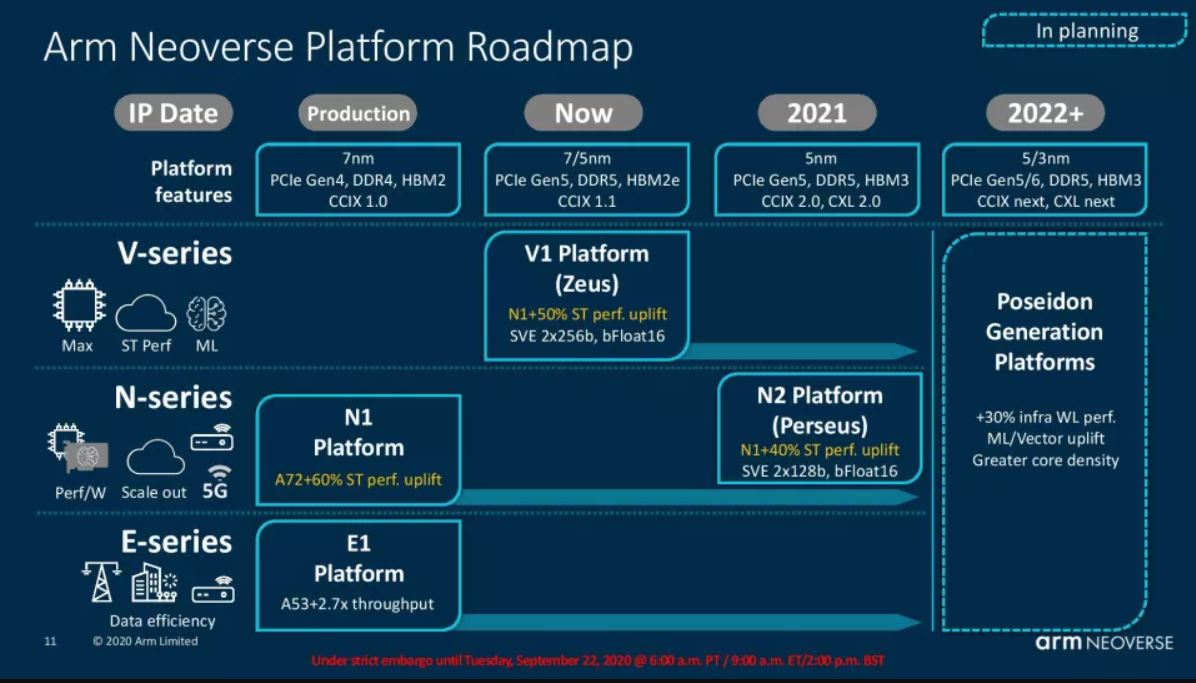
TSMC is now the great equalizer of the semiconductor industry – anyone can build a chip on its leading-edge nodes. With a level playing process node playing field, the advantage turns to companies that can execute quickly on their respective architectures.
AMD will have its Zen 4 chips on the 5nm node in market by the end of 2022, but that seems to be a far-off timeline in the face of Apple's first 5nm PC chips that landed today.

Meanwhile, Arm has its V1 platform for the data center that supports either 5nm or 7nm today, and plans for its N2 platform on 5nm to land in 2021. Looking a year beyond that, Arm plans for Poseidon to support 3nm in 2022 and beyond.
Neither AMD nor Intel have plans to be on these (or equivalent) process nodes within the same time frame, putting x86 at a considerable disadvantage.
All that's left for Arm is to build out the software ecosystem, and that's where Apple and Nvidia's oddly parallel efforts come into play. Once the software ecosystem catches up, Arm's momentum with denser process nodes may prove to be insurmountable. That has implications for all facets of the x86 empire, from servers to desktop and laptop PCs, and there's no doubt that a widespread migration to Arm could drastically alter the PC market as x86 looks to fend of its most potent threat in recent history.

Paul Alcorn is the Editor-in-Chief for Tom's Hardware US. He also writes news and reviews on CPUs, storage, and enterprise hardware.
-
nitrium So Apple is positioning itself to eventually directly compete, in terms of performance, with Intel and AMD? I haven't heard before that is their ambition. I'm not sure ARM architecture was designed to (massively) scale in that way, but who knows(?).Reply -
nofanneeded With billions of people/business using X86 software , I doubt that ARM will go anywhere ..Reply
the real move will be to Quantum CPU after like 20 years from now ... -
Giroro Tim Cook, nostalgic of an era when Macintosh computers couldn't run software, looked at the overwhelming success of Microsoft's Surface Go and thought, "yeah, we can totally do that, but without the touch screen".Reply
And thus, the era where desktop software developers had to pay most of their profit to the iTunes app store was born.
But what they don't tell you, is that right-click mouse functionality has been removed from the box, and will require a $60 dongle. Because that has been scientifically proven to end global warming, and totally isn't an offensive corporate marketing lie to hide a blatant scheme to rip off their customers. -
ingtar33 Reply
this article was clearly written as a press release by apple and masquerading as a "news" article on this site. No numbers yet vague claims of performance and superior efficiency.nitrium said:So Apple is positioning itself to eventually directly compete, in terms of performance, with Intel and AMD? I haven't heard before that is their ambition. I'm not sure ARM architecture was designed to (massively) scale in that way, but who knows(?).
Sure, ARM is efficient, but it's also slow clocked, and much more comparable to old mobile x86 chips in pure performance. ARM processors don't come close to the raw compute horsepower in x86; and the only time it comes close is if the x86 chip is running at LOW frequencies (sub 2ghz). The idea Apple was able to both clock ARM up to 4 or 5ghz, AND match the pure compute performance of x86 is sorta silly considering last years top of the 7nm line 8 core ARM chip running at 2ghz was slightly better then a 2013 AMD Jaguar 8 core cpu running at 1.7ghz on 28nm.
It's not even in the same ballpark with a modern x86 chip. No one runs a desktop on a 5w cpu. -
hotaru251 apple, known for their "our way or the highway" mentality, wont survive in a arm vs x86 war.Reply
arm has limitations, and as an apple one...there greater.
unexpandable storage (internal) and ram.
locked down store.
and the largest issue imho...servers and gaming favor x86. Stuffi s made to work for windows. Mac and linux are after thoughts.
Even linux and mac are barely getting support decades late. -
mitch074 All of this is forgetting 2 large facts :Reply
AMD and Intel both have ARM licenses,
and ARM has a potential huge competitor coming due to restriction on ARM design distribution.But, more uncertain, is the elephant in the house...
Yeah, RISC-V made in China. That same country that took a couple years to catch up on 15 years of US R&D and manufacturing, and an open CPU design that has neither the licensing encumberment of x86 or ARM nor the design limitations of both. -
TEAMSWITCHER Replynitrium said:So Apple is positioning itself to eventually directly compete, in terms of performance, with Intel and AMD? I haven't heard before that is their ambition. I'm not sure ARM architecture was designed to (massively) scale in that way, but who knows(?).
Power efficiency is the key to more performance. There is only so much power you can draw through an outlet on the wall. Also, there is only so much power you can generate from a lithium polymer battery. And regardless, both must also dissipate the waste heat that consuming all this power generates. Once power and thermal limits are reached, performance gains are impossible. You either cannot get more power, or you cannot dissipate the generated heat of using it.
This is where ARM shines. It has better power efficiency, which means that more work can be done in any given power or thermal envelope. Apple's new M1 chip does this (and so much more) that I seriously doubt x86 will survive the decade.
You heard it from me first.. by 2030, x86 will only be emulated. -
spongiemaster Reply
Will that also be the year of the Linux desktop? Because I've been hearing that one for over 20 years now. You're underestimating the lack of interest software developers have for moving off of x86. Developers don't care about CPU power efficiency. Without monetary incentives to move to another architecture, which aren't coming, developers aren't leaving x86.TEAMSWITCHER said:You heard it from me first.. by 2030, x86 will only be emulated.